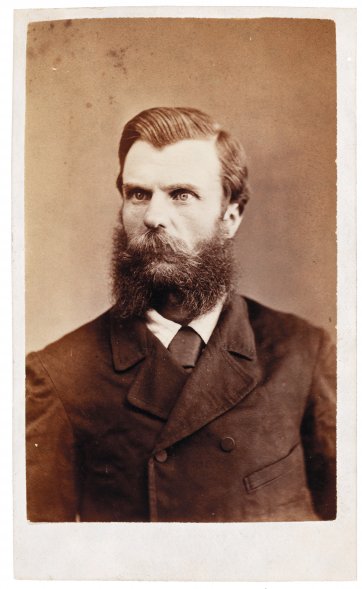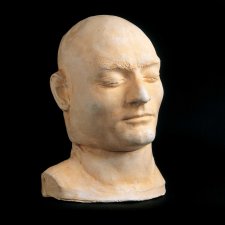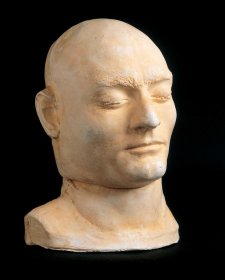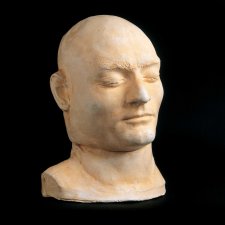Photography played a significant role in the circulation of messages about law and order, and in the creation of sensation and celebrity. Photographers were working in Australia as early as 1842, but it was during the succeeding decades that photographs became widely available, the popularity and accessibility of portrait photography reaching a highpoint with the introduction to the local market of the carte de visite in 1859. These small photographs were produced in such a way that made them affordable, portable, and easily circulated or exchanged, and for these reasons they proved adaptable to a variety of purposes – official, commercial and personal.
In an era before the existence of police photographers, the authorities commissioned commercial operators to document prisoners, crime scenes and inquests, or collected existing portraits of wanted offenders for copying and distribution. Innocent studio portraits became the basis for the wood engravings of criminals published in illustrated newspapers, the exploits of the Kelly gang notably proving a boon to photographers and graphic artists.
For those seeking the rewards on offer for outlaws, trophy-style photographs of slain bushrangers were proof of the legitimacy of one’s claim, while for those requiring a conversation starter for the family album, portraits of dead reprobates made suitably peculiar souvenirs.

![Daniel Morgan, bushranger, shot at Pechelba [sic] Station, April 9th 1865 Daniel Morgan, bushranger, shot at Pechelba [sic] Station, April 9th 1865](/files/d/f/4/4/i7352-th.jpg)













